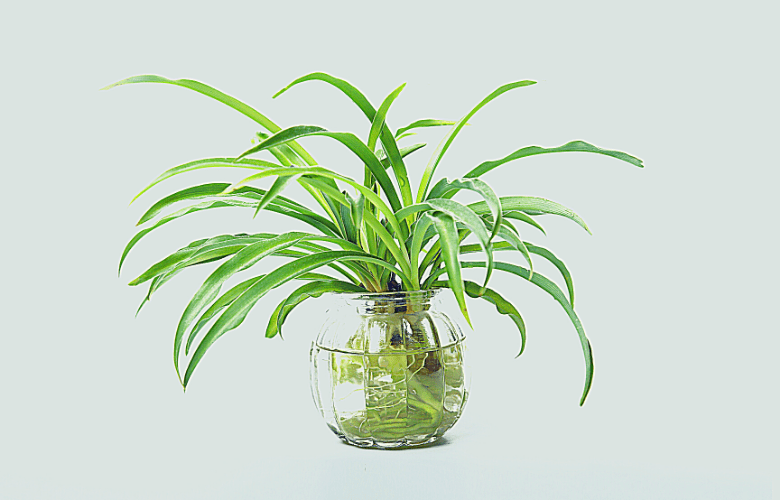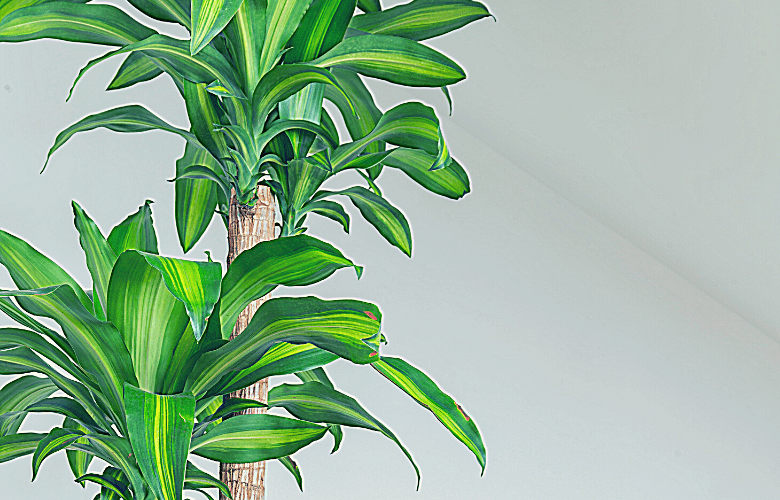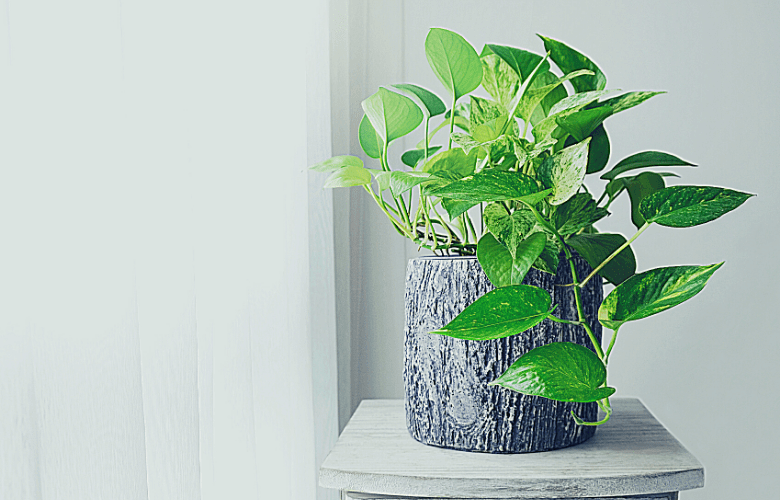The quality of your working environment can have an effect on your productivity, health, and happiness. We often use lighting, ergonomic office furniture, and organization as tools to enhance our workspaces. However, due to a lack of fresh air and consistent circulation, you may be working in an environment that has a concentrated amount of toxins or excessive dryness.
Plants are an excellent way to improve air quality in an office setting. They can remove several harmful compounds from the air and break them down into their soil. Many plants also provide additional humidity and oxygen into a room, which can be helpful for reducing the spread of viruses and for decreasing the spread of allergens.
Causes of Indoor Air Pollution
Volatile organic compounds, also known as VOCs, are often human-made chemicals that have higher indoor concentrations due to a lack of circulation. VOCs are found in permanent markers, glues, electronic devices, building materials, pesticides, paints, aerosol sprays, and cleaning supplies. Smoking indoors also creates a large amount of the VOC benzene.
The US Government’s environmental agencies report that indoor air pollution is currently America’s biggest pollution issue.
Symptoms such as eye nose and throat irritation can arise in milder cases. These can lead to headaches and nausea. With continued high-level exposure, one could eventually develop damage to the kidneys, liver, and nervous system.
Solutions for Indoor Air Pollution
Here are some ways to help improve the air quality in your home:
- Remove any carpeting or vacuum your carpet regularly to remove dust and settled compounds.
- Use milder or all-natural cleaning supplies. As mentioned above, many commercial and industrial cleaners contain the very VOCs we are trying to remove from our offices. Limiting exposure to these cleaners could dramatically improve indoor air quality.
- Change your filters regularly and have your HVAC (heating, ventilation and air conditioning systems) regularly maintained.
- Use a humidifier to add moisture to the air.
- Adding plants can help increase humidity and remove airborne toxins.
Purify your Office Air with these 5 Plants
Here are the top 5 plants that you can get for your home or work office today that will improve conditions in your workspace without taking a lot of time and maintenance to keep happy and thriving.

Spider Plant
This popular house plant does a great job of absorbing and breaking down carbon monoxide, xylene, and formaldehyde. They also have a high transpiration rate, which increases humidity in the air. These plants are not only easy to take care of, but safe for pets and children that may be nearby in a home office.

Mass Cane Plant
The mass cane plant has beautiful cascading tropical leaves with a strong thick stalk, making them a very attractive plant for the office. They do best in indirect sunlight so they are a great choice if you have an office that doesn’t receive strong direct light. This plant helps to remove formaldehyde from the air.

Rubber Tree
Rubber plants are perfect for those who are beginners with office plants or are simply too busy to maintain them. They prefer infrequent waterings and do well in dim lighting. They can grow up to 8 feet tall, making them a very impressive office accent. They help purify the air by breaking down formaldehyde and removing CO2 from the air. They also have an ability to help eliminate up tp 60% of airborne bacteria and mold in a room.

Red Ivy
Ivy plants make beautiful accents in the office since their long vines can be placed creatively around other furniture. This one in particular has a beautiful purple and green hue that can add an intense splash of color to an indoor space. This plant does a great job at removing benzene, formaldehyde, and carbon monoxide from the air. It can also add a significant amount of moisture to a room, preventing irritation from dryness. This ivy likes frequent waterings and bright indirect sunlight. It is flexible in cold and warm spaces and prefers a temperature range of 55F to 80F.

Money Plant
The money plant, also known as a pothos plant, is particularly good for offices that contain a large amount of electronic devices. It’s said that the money plant is an “anti-radiator” and that it helps to reduce harmful radiation from computers, phones, and other technological devices. It also has a strong ability to remove VOCs such as benzene, formaldehyde, xylene, toluene, and carbon monoxide. This plant likes bright indirect lighting and heavy infrequent waterings.
Plants that support and remediate indoor air quality can be a good investment for your long-term wellbeing. Purchasing a few of these plants while implementing other methods of removing VOCs can have a significant impact on your office. Since the average entrepreneur or employee spends at least one third of their days in this space, it’s certainly worth it to make a few small but effective changes.
There are many more plants that can improve the air quality of your office, so take some time to look through your options and find some varieties that will match your personality and your work space the best. You’ll have peace of mind that you’re taking care of your health as you work hard towards your career.
About the Author

Rachel Dennis
GBB Guest Contributor
Rachel Dennis is the founder and author of City Homesteads, a blog that explores ideas of homesteading, gardening, and sustainable practices in urban, suburban, and office environments. She received her MFA from The University of Hartford where she studied cultural and ecological sustainability in the arts. She has taught several workshops and courses on fermentation, natural medicine-making, and other self-sufficiency skills in Chicago and Austin. In her free time, Rachel loves making art, being in nature, and experimenting with new cooking and homesteading techniques.




